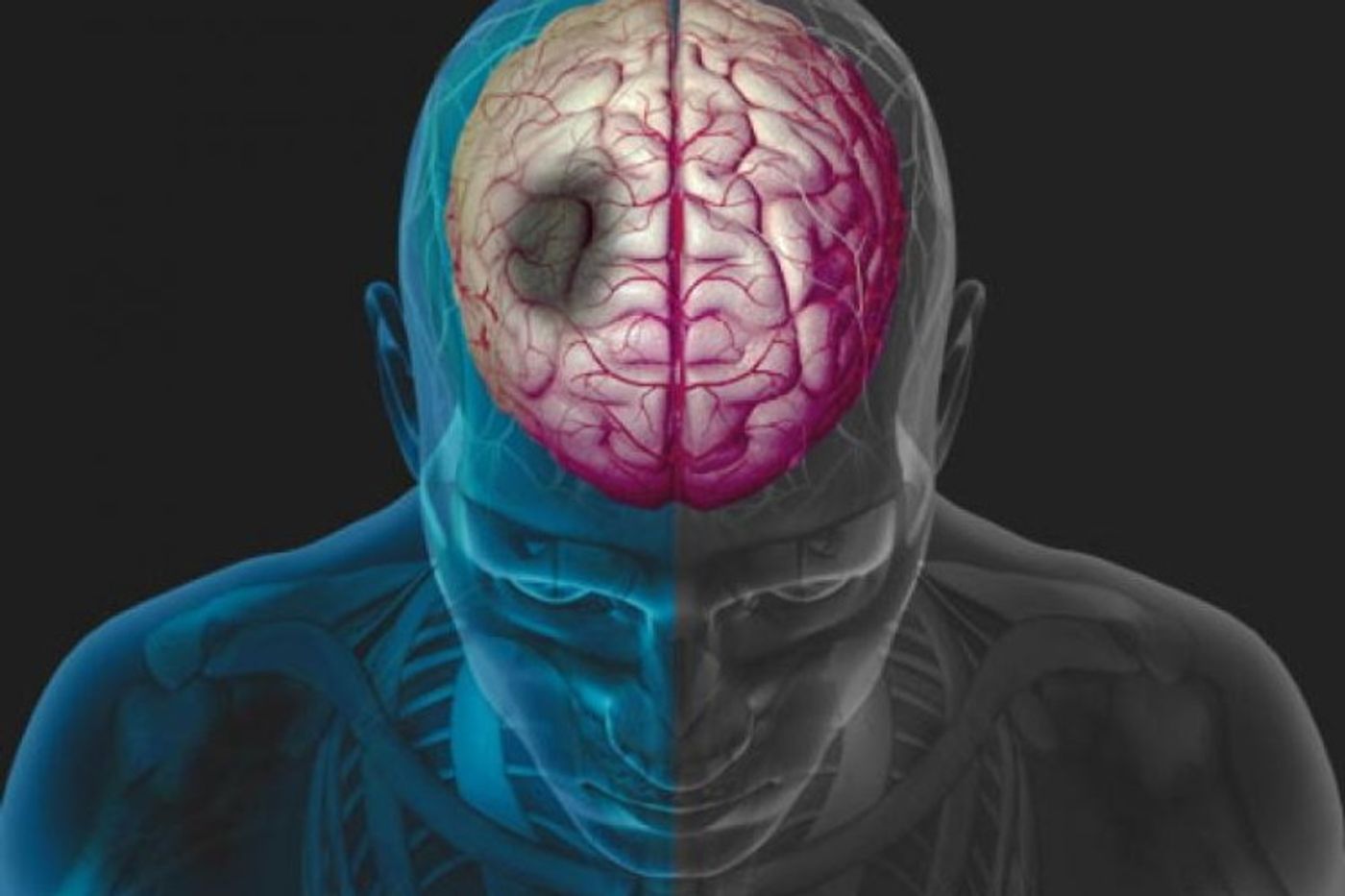A study of over a million patients with atrial fibrillation as shown that females are more likely than males to be hospitalized for ischemic stroke. Are distinctive biological characteristics to blame or gender differences in treatment?

Recently presented at CARDIOSTIM - EHRA EUROPACE 2016 by Dr. Ghanshyam Shantha from the University of Iowa Hospitals and Clinics, the study followed 1.1 million patients with atrial fibrillation for 15 years. Atrial fibrillation (AF) is a condition where blood pools in the atria causing chest pain, heart failure and stroke. AF is the most common type of arrhythmia, characterized by rapid, irregular heart contractions.
The end of the study showed females with AF to be 23 percent more likely to be hospitalized for acute ischemic stroke than males with AF. Now the researchers are asking why this happens, how the ratio has changed, and how these differences can be alleviated.
The researchers received their data from the National Inpatient Sample, a collection of data from 8 million patients admitted to 1000 randomly-selected hospitals in 46 American states between 1998 and 2012. Throughout the study they looked for gender differences among the participants that might explain the difference in the rate of hospitalization for acute ischemic stroke between the two sexes.
Ischemic stroke occurs when an obstructed blood vessel fails to send ample supplies of blood to the brain. Ischemic stroke is often a result of atherosclerosis, and can occur as a thrombosis or an embolism.
Their study showed 2.65 percent of females with AF hospitalized for ischemic stroke and 2.15 percent of males. Although the difference between these two numbers does not seem significant, after adjusting for stroke risk factors like age, diabetes status, hypertension, and previous stroke and/or heart failure, the difference between male and female hospitalization was a whopping 23 percent.
Next, the researchers looked to see if the proportions were more equal over time, since treatment for atrial fibrillation has improved over the past decade or so. However, they didn’t see much change. Femaleswith AF were consistently at a higher risk for hospitalization for stroke than males with AF:
- 27 percent higher in 1998-2002
- 23 percent higher 2003-2007
- 22 percent higher 2008-2012
"We need more research on why many women do not get evidence based care,” Shantha said.
Additionally, other factors like ethnicity, socioeconomic status, and region didn’t make a difference either. Females with AF were at a higher risk for stroke hospitalization compared to males regardless of whether they were older or younger than 65, and it was the same for the other factors.
"However you slice, dice, and divide the data, women do poorer than men in terms of admissions for acute ischaemic stroke,” said Shantha.
What’s the reason behind the disparity? Shantha and his team have a few ideas.
Patients with atrial fibrillation often receive anticoagulation medication to prevent stroke, but studies show that females from all around the world receive less of these drugs than they need. While 60 percent of the males who need anticoagulants get them, only 30 percent of the females who need them get them.
Shantha believes this study provides evidence for the notion that it is not a biological characteristic of females with AF that they are more likely to be hospitalized for ischemic stroke. It’s because women receive less treatment than men.
Sources:
American Stroke Association,
National Heart, Lung, and Blood Institute,
European Society of Cardiology









